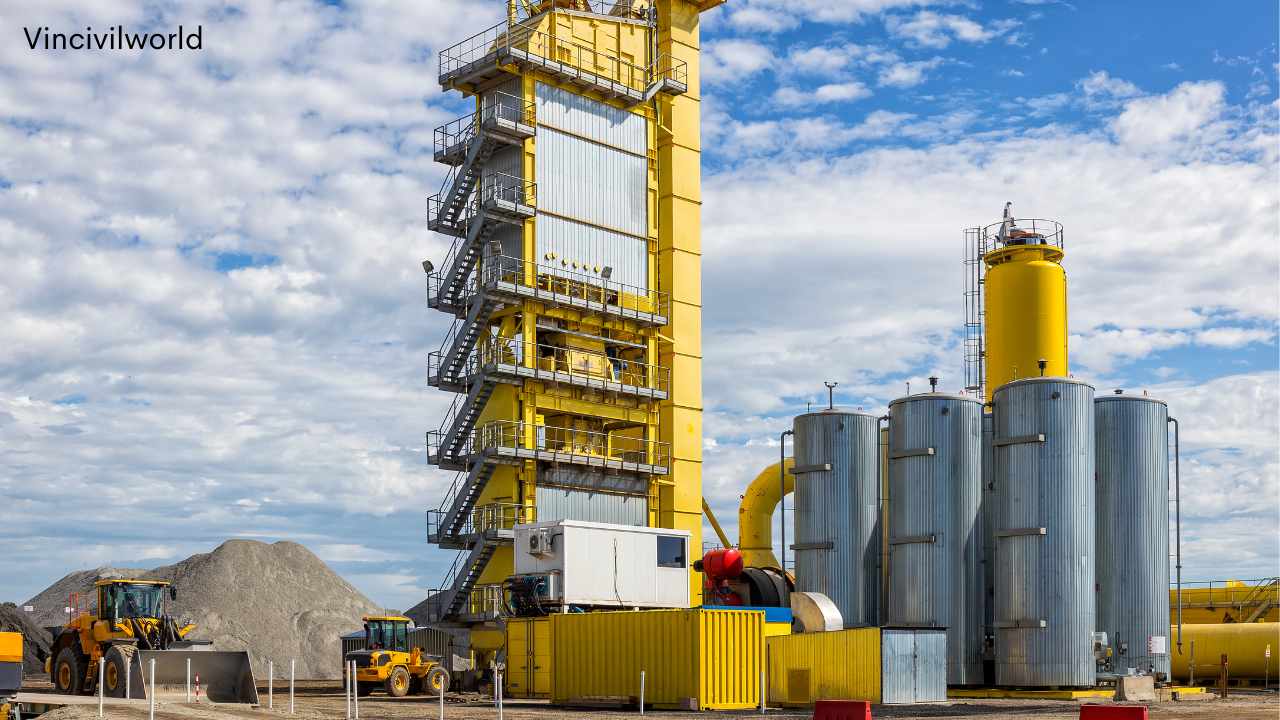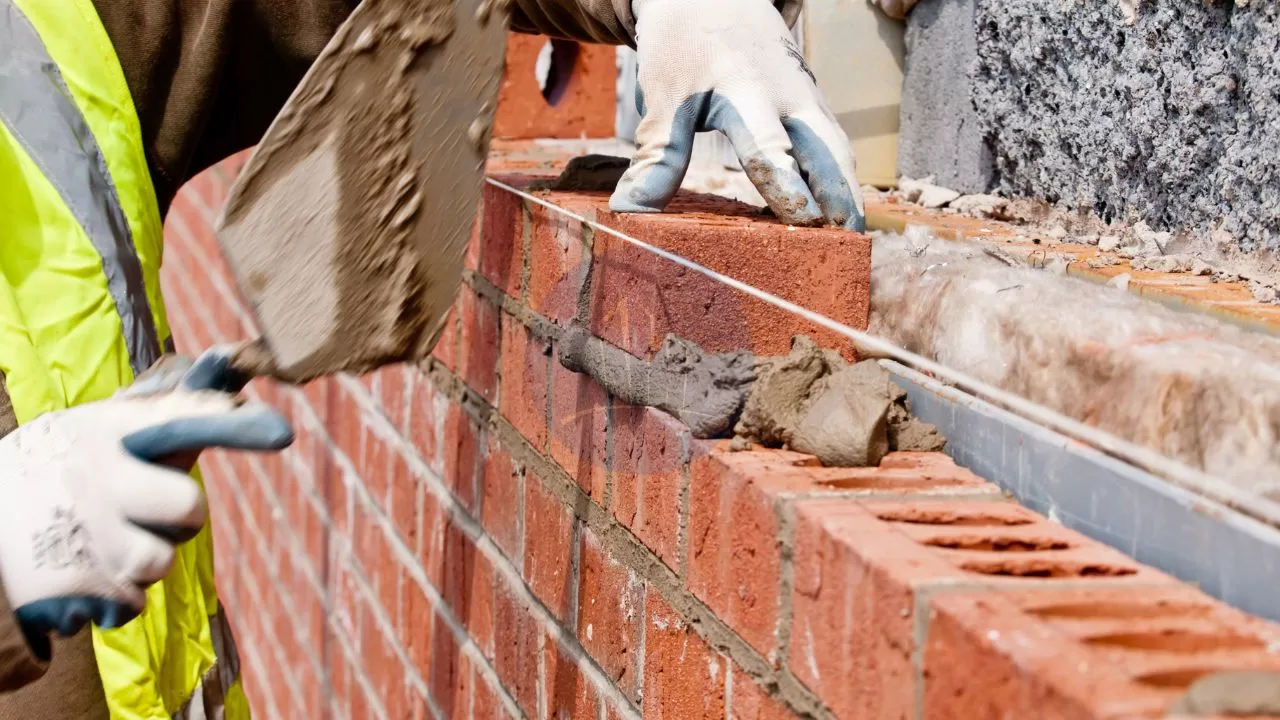Types of cement play a crucial role in construction. They act as binding agents, ensuring structures remain strong and durable. These cement types include Ordinary Portland Cement (OPC), Portland Pozzolana Cement (PPC), and many others. Each type offers unique properties suited to different construction needs. Understanding cement grades and types helps builders choose the right material. This choice impacts the strength, durability, and longevity of structures. Additionally, using the correct cement type can enhance efficiency and reduce costs. Thus, knowledge of cement varieties is essential for successful construction projects. Proper selection ensures safety and quality in building works.
In this blog, we will explore the top 15 types of cement and their specific uses in construction. We’ll discuss their unique properties, benefits, and suitable applications. Understanding these varieties will help you make informed decisions for your projects, ensuring durability, strength, and cost-effectiveness.
15 Types of Cement and Their Uses
The diversity of cement types available today caters to various construction needs. Each type of cement offers unique properties suited for specific applications. Understanding these different cement types, their grades, and uses ensures optimal performance and durability in construction projects. The following are the top 15 types of cement, each designed for specific purposes:
- Ordinary Portland Cement (OPC)
- Portland Pozzolana Cement (PPC)
- Portland slag cement (PSC)
- Rapid Hardening Cement
- Hydrophobic Cement
- Low Heat Cement
- Sulfate Resisting Cement
- Quick Setting Cement
- High Alumina Cement
- Masonry Cement
- White Cement
- Colored Cement
- Expansive Cement
- Air-Entraining Cement
- Hydrographic Cement
Ordinary Portland cement (OPC ) – Most common cement type
Ordinary Portland Cement (OPC) stands as one of the most commonly used types of cement in construction. It heats a mixture of limestone, clay, and other materials at high temperatures to produce a fine powder. OPC, composed mainly of gypsum, calcareous material, and argillaceous substance, offers excellent binding properties and provides high compressive strength to concrete.
Ordinary Portland Cement (OPC) is highly versatile, finding application in diverse construction projects such as buildings, bridges, and pavements. Available in various grades of cement like OPC33, OPC43, and OPC53, each type offers distinct characteristics suited for specific construction needs. OPC boasts a fast setting time, facilitating efficient project completion. Economical and resistant to chemical deterioration, shrinkage, and fractures, OPC is indispensable in the creation of high-strength concrete formulations. These attributes collectively underscore OPC’s pivotal role in ensuring durable and structurally sound constructions across the industry.
Portland pozzolana cement
Portland Pozzolana Cement (PPC) is a type of cement that blends Portland cement clinker with pozzolanic materials like fly ash, volcanic ash, or silica fumes, typically comprising 15% to 35% of its composition along with gypsum. These pozzolanic ingredients enhance the workability and durability of concrete while reducing the risk of cracking. PPC is especially suitable for areas prone to high moisture levels due to its excellent resistance to dampness and corrosion. Moreover, its use of industrial waste as raw material makes PPC environmental friendly.
PPC cement finds application in various construction projects such as dams, bridges, and buildings, where its slower initial setting time of 30 minutes and ultimate setting time of 600 minutes are advantageous. It is particularly effective for hydraulic and marine structures, sewage works, and underwater concrete laying due to its robust resistance to sulphate attacks. However, contractors should consider its slower setting and lower initial strength compared to Ordinary Portland Cement (OPC), which may affect construction schedules.
Here’s a table outlining the key differences between Ordinary Portland Cement (OPC) and Portland Pozzolana Cement (PPC) types
Comparison between OPC and PPC types of cement
| Feature | OPC | PPC |
|---|---|---|
| Composition | Primarily clinker with gypsum | Clinker with pozzolanic materials (fly ash, etc.) |
| Setting Time | Faster initial setting time | Slower initial setting time (30 minutes) |
| Strength | Higher initial strength | Lower initial strength |
| Durability | Moderate durability | Enhanced durability due to pozzolanic materials |
| Resistance | Lower resistance to chemical attacks | Higher resistance to sulphate and chloride attacks |
| Environmental Impact | Higher carbon footprint | Lower carbon footprint due to use of industrial waste |
This table summarizes the main differences between OPC and PPC cement, highlighting their composition, setting time, strength, durability, resistance to chemical attacks, and environmental impact.
Portland Slag Cement (PSC) – Types of cement
Manufacturers produce Portland Slag Cement (PSC) by blending granulated blast furnace slag (GGBFS) with Portland cement clinker. This slag, a by-product of steel manufacturing, enhances PSC’s sustainability profile, making it an eco-friendly choice. PSC offers superior workability, durability, and lower heat of hydration compared to traditional cement types. It finds extensive use in construction for dams, bridges, and underground structures, owing to its high strength and resistance to chloride and sulfate attacks. High-performance concrete applications widely use PSC for its good compressive strength.
Rapid hardening cement – Types of cement in India
Rapid Hardening Cement (RHC) is a type of cement that achieves high strength quickly due to its composition of Portland cement clinker with a higher C3S content and lower C2S content. It is particularly favored for emergency repairs and precast concrete components. RHC’s rapid setting and early strength development properties make it advantageous for cold weather conditions and projects requiring quick turnaround. With its resilience against chemical attacks and reduced curing time, RHC offers comparable strength to OPC in just three days under the same water-cement ratio, making it suitable for formworks and pavements. This cement type expands the applications of cement types in construction due to its accelerated hardening capabilities, despite being more costly than OPC.
Hydrophobic Portland cement
Hydrophobic Portland Cement (HPC) is a type of cement that repels water due to its chemical composition. It is made by adding water-repellent chemicals to the cement during the grinding process. HPC is suitable for construction projects in areas with high rainfall or moisture content. It is commonly used in the construction of basements, swimming pools, and water storage tanks. HPC also has increased durability and can resist chemical attacks. It consists of admixtures such as acid naphthene soap, oxidized petrolatum, etc., reducing the melting of cement grains. The strength of hydrophobic cement is similar to OPC after 28 days. This type of cement is expensive.
Low-heat Portland cement types
Low-heat Portland cement is a type of cement that produces less heat during hydration, which reduces the risk of cracking and improves durability. Engineers typically use it in large concrete structures such as dams, bridges, and high-rise buildings, as well as in mass concrete applications. Because the heat of hydration of this type of cement is 20% less than normal cement. It consists of 5% of tricalcium aluminate and 46% of dicalcium silicate. Therefore it produces low heat of hydration. It has excellent wear, impact resistance and workability.
Sulphate-resisting Portland cement
Quick setting Cement
Quick-setting cement is a type of cement that hardens and gains strength rapidly after mixing with water, usually within 5 to 30 minutes. It is used in situations where the rapid setting is necessary, such as in cold weather or for emergency repairs. However, quick-setting cement may not be good for projects requiring longer workability or for structures that need to withstand heavy loads over time. It is a special type of cement manufactured by adding aluminium sulphate and reducing the amount of gypsum. It is used for underwater concreting and grouting. The setting time of this cement is less because aluminium sulphate is an accelerating admixture. It is also used for concrete repair works, tunnelling etc.
High alumina cement
Masonry cement
Masonry cement is a type of cement that is specifically designed for use in masonry construction, such as bricklaying and plastering. It is a blend of Portland cement, hydrated lime, and sometimes additional additives such as sand, clay, or other minerals. The addition of hydrated lime improves the workability and durability of the cement, and it also enhances the bond strength between the cement and the masonry units. Masonry cement is commonly used in both exterior and interior masonry applications, such as building walls, chimneys, and decorative stonework. Since it has low strength it is not suitable for structural applications. The cost of masonry cement is less. Also, they have high water retentivity and workability.
White cement
White cement is a type of cement that resembles Portland cement but has a white or light-coloured appearance. Manufacturers produce it from raw materials with low iron content, such as limestone, kaolin, and clay. It finds frequent use in decorative or architectural applications, such as terrazzo flooring, precast panels, and ornamental concrete. White cement also serves purposes where colour consistency is crucial, such as in coloured concrete or mortars, as it allows tinting to various shades. It has similar properties to grey cement in terms of setting time, strength development, and durability. Manufacturers produce white cement using limestone, clay, oil, and gypsum, making it more expensive compared to normal cement.

Coloured cement
Coloured cement is produced by adding pigments to the raw materials during the manufacturing process. It is available in a wide range of colours, and manufacturers use natural or synthetic pigments for this purpose. Coloured cement finds application in decorative concrete where aesthetics play a crucial role, such as stamped concrete, exposed aggregate, and decorative overlays. It also serves well in architectural concrete, including precast panels, masonry units, and concrete countertops. The curing process can affect the colour of the cement, so maintaining a consistent curing method is essential to achieve the desired colour. Coloured cement includes pigments like chromium, cobalt, iron oxide, manganese oxide, etc., which impart colour to the material. It is preferred for finishing floors, window sills, stair treads, and other exterior surfaces.
Expansive cement
Expansive cement is a type of cement that expands during the early stages of hydration. It contains a mixture of Portland cement clinker, gypsum, and an expansive agent, such as calcium sulphate or anhydrite. Expansive cement can expand up to 3% of its original volume, and this expansion can help offset the shrinkage that occurs as the concrete dries and hardens, reducing the risk of cracking. In applications where shrinkage cracking is a concern, such as in large concrete structures, pavements, and bridge decks, it is commonly used. However, improper control of the expansion can also cause problems, so it is important to follow the manufacturer’s guidelines for use.
- K-type expansive cement
- M-type expansive cement
- S-type expansive cement
The use of expansive cement is in water retaining structures, concrete repairing, large floor slabs, etc.
Air-entraining Portland cement
Air-entraining Portland cement is a type of cement that contains an air-entraining agent, such as resins, surfactants, or fatty acids, that creates microscopic air bubbles in the concrete. These air bubbles improve the durability of the concrete by reducing the effects of freeze-thaw cycles, as the water trapped in the bubbles can expand and contract without damaging the concrete
Contractors commonly use air-entraining Portland cement in cold climates or areas with high humidity, where freeze-thaw cycles can damage concrete structures. However, the use of air-entraining agents can also reduce the compressive strength of the concrete, so it is important to properly balance the amount of air entrainment with the desired strength and workability of the concrete. The cement adds air-entraining agents like aluminium powder and hydrogen peroxide.
Hydrographic cement
Hydrographic cement, also known as underwater cement, hardens and sets even when submerged in water. Engineers specifically design it for underwater construction projects like building foundations, bridges, and pipelines. Special additives enable hydrographic cement to set and harden underwater without being affected by water, while accelerators can also accelerate its setting time. Engineers typically use specialized equipment such as pumps or tremies to mix and apply the cement, ensuring precise placement and consolidation.
Key Takeaways – Types of cement
Understanding the diverse types of cement—from Ordinary Portland Cement (OPC) to specialized variants like Rapid Hardening Cement and Hydrographic Cement—is crucial for optimizing construction projects. Each type offers unique properties, strengths, and applications, impacting project efficiency and strength. Choosing the right cement type ensures structural integrity and cost-effectiveness, tailored to specific construction needs and environmental conditions.
Conclusion
In conclusion, the comprehensive guide to types of cement underscores their pivotal role in construction. From increasing concrete strength to addressing specific project requirements, the variety of cement types empowers builders to make informed decisions. Whether for rapid setting in cold climates or resilience in underwater applications, cement types like Hydrographic Cement exemplify innovation in meeting diverse construction challenges with efficiency and longevity. As construction technologies advance, cement types continue to evolve, driving sustainable and resilient building practices worldwide.







2 thoughts on “Types of Cement | Top 15 Cement types | A Comprehensive Guide”
Comments are closed.